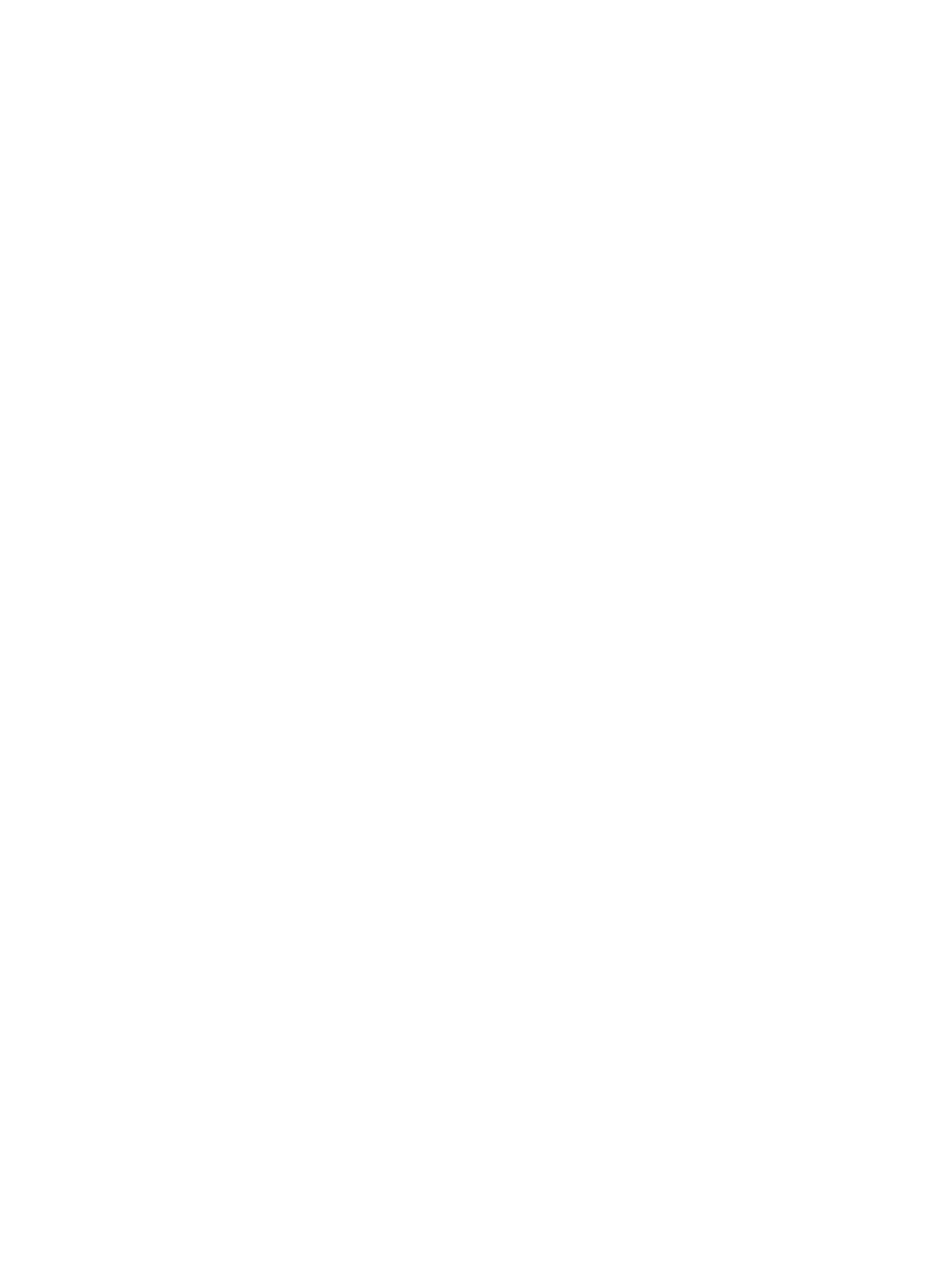

沙賓法
404
條及審計準則第
5
號是否會減少內部控制揭露錯誤?
260
of their professional judgments regarding risk of material misstatements have led to the
promise made by the PCAOB and SEC to scrutinize the effect of AS5 (Olson, 2007; Cox,
2007). Our study reveals the effect of SOX 404 and AS5 on public ICFR disclosures and
points out that the enactment of SOX 404 can enhance ICFR-disclosure quality by
reducing the incidence of Type II errors. However, we also find that AS5 lowers ICFR-
disclosure quality by showing the increased likelihood of Type II errors. The evidence
provided in this study might help policymakers and standard setters to formulate future
ICFR-audit-related rulings.
The remainder of this paper is organized as follows. The next section presents the
related literature and our hypotheses. Section 3 describes our research design and sample
selection. Our results are presented in Section 4. Section 5 reports the sensitivity and
additional tests. Finally, Section 6 concludes our research.
2. Related Literature and Hypothesis Development
2.1 SOX 404 Regulation and Auditing Standards Regarding ICFR
Before the passage of SOX, public companies were required to disclose information
about internal controls only when a Form 8-K was filed after an auditor change. Sections
302 and 404 of SOX are the first statutory legislation that requires public companies to
disclose the effectiveness of internal controls. Section 302, effective for the fiscal years
ending on or after August 29, 2002, requires managers of public companies to evaluate
and conclude on the effectiveness of their internal control systems in periodic reports.
Section 404, which became effective for the fiscal years ending on or after November 15,
2004, contains two subsections. Under Section 404(a), managers are mandated to prepare
ICFR assessments in annual reports. Under Section 404(b), public accounting firms that
audit the issuers’ financial reports shall also attest to the management internal control
assessments. Moreover, AS2:
An Audit of Internal Control over Financial Reporting
Performed in Conjunction With an Audit of Financial Statements
, effective since
November 15, 2004, has established requirements and has provided auditors guidance in
performing ICFR audits (PCAOB, 2004).
While the implementation of SOX 404 increases the productivity of audit firms
(Chang, Choy, Cooper, and Lin, 2015), internal control audits under the directions
prescribed in AS2 have resulted in strong complaints from public companies to the SEC
and PCAOB about substantial increases in audit fees (Johnson, 2005). To mitigate the
burdensome compliance costs of internal control audits, the PCAOB replaced AS2 with


















